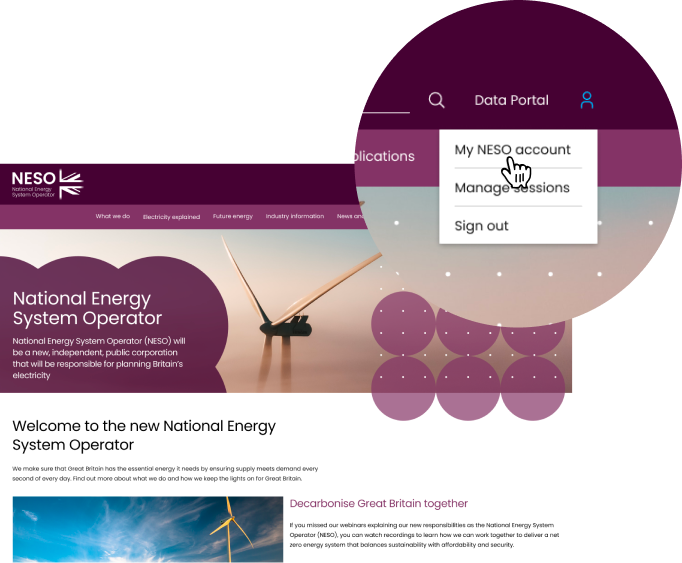Dispatch Transparency Methodology
Project summary
The current lack of centralised clarity in dispatch reasoning makes it difficult to identify and evaluate possible process improvements to mitigate perceived skips.
| Name | Status | Project reference number | Start date | Proposed End date |
|---|---|---|---|---|
| Dispatch Transparency Methodology | Live | NIA2_NESO0092 | Nov 2024 | Nov 2025 |
| Strategy theme | Funding mechanism | Technology | Expenditure |
|---|---|---|---|
| Optimised assets and practices | NIA_RIIO-2 | Stakeholder Engagement | £1,000,000 |
The current lack of centralised clarity in dispatch reasoning makes it difficult to identify and evaluate possible process improvements to mitigate perceived skips. This project will explore the current state of dispatch transparency and define innovative new routes to increased dispatch transparency, including developing a new definition and methodology as well as a proof-of-concept tool. This will give engineers greater opportunity to mitigate potential future skips and enable NESO to understand the wider system conditions that contribute to the occurrence of perceived skips. This will be achieved by consulting with stakeholders and specialists, auditing external and internal data sources, and exploring statistical and AI methods that will prove useful in terms of increasing the range and scope of dispatch transparency tools available to NESO.
Benefits
This project will build upon on-going work to provide improved dispatch advice and facilitate convergence between Electricity National Control Centre (ENCC) engineers and their support tools. This project should provide improved situational awareness for ENCC, giving potential balancing costs savings through identification/implementation of more economically beneficial options to obtain balancing services. It will also aim to enhance the clarity and authority with which NESO communicates on the subject of skip rates and dispatch reasoning.
For external stakeholders, an improved dispatch transparency methodology will provide clearer lines of communication between the market and the control room, giving deeper business intelligence to zero carbon operators enabling them to improve their participation in the balancing mechanism.
| Name | Published |
|---|---|
| NIA Project Registration and PEA Document | 16 Nov 2024 |
| Annual Progress Report | 19 Aug 2025 |
